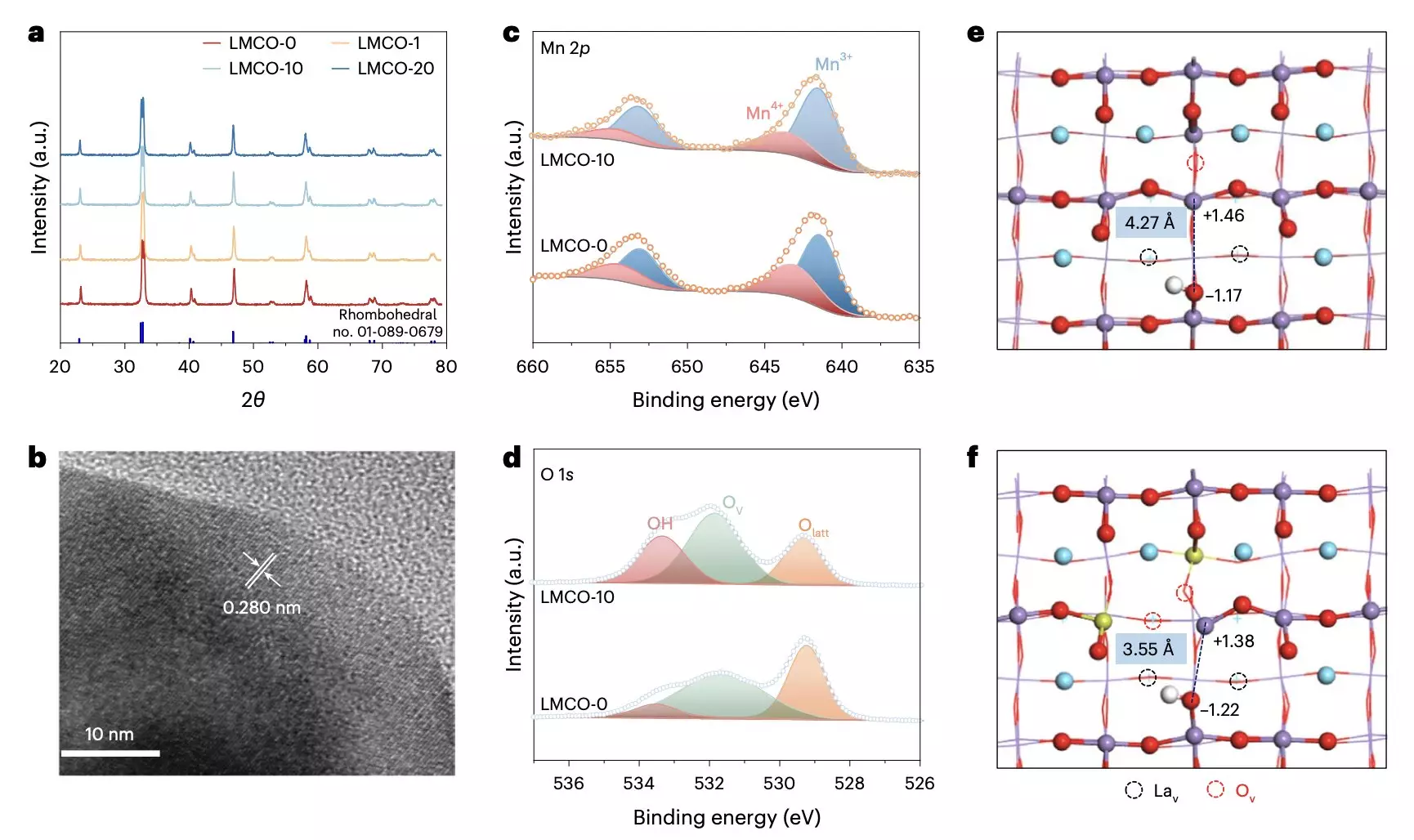Ethylene, a versatile hydrocarbon widely used in various industries, is typically produced through energy-intensive methods that contribute to greenhouse gas emissions. However, a recent study by researchers from Soochow University and the University of Toronto introduces a novel approach to ethylene production using solar-powered photocatalysis, potentially revolutionizing the industry.
The researchers utilized a perovskite oxide, LaMn1−xCuxO3, as a photocatalyst to convert ethane into ethylene and hydrogen under ambient conditions. This method eliminates the need for external heat sources and significantly reduces carbon emissions, offering a more sustainable alternative to traditional ethylene production processes.
The unique properties of the LaMn1−xCuxO3 perovskite oxide, including redox-active Lewis acid and base sites, allow for efficient ethane dehydrogenation. By optimizing the proportion of these sites, the researchers achieved high activity, selectivity, and yield in the conversion process, showcasing the potential of this innovative approach.
Through a rooftop prototype device, the researchers demonstrated impressive ethylene production rates, indicating the economic viability of their solar-powered ethylene production method. Moreover, comprehensive technical and economic analyses underscored the significant potential of scaling up this approach for industrial use, paving the way for a more sustainable ethylene production industry.
Moving forward, the researchers plan to further explore the performance of their photocatalyst and photoreactor, focusing on enhancing catalytic reactions. They aim to improve photochemical activation, light capture, and transport rates to optimize the efficiency of the LaMn1−xCuxO3 perovskite photocatalyst for large-scale ethylene production.
The groundbreaking study on solar-powered ethylene production using the LaMn1−xCuxO3 perovskite oxide offers a promising solution to reduce carbon emissions and meet the growing demand for ethylene in a sustainable manner. By leveraging renewable energy sources and innovative catalytic materials, the researchers have set a new standard for ethylene production, highlighting the potential for a greener future in the chemical industry.


Leave a Reply
You must be logged in to post a comment.